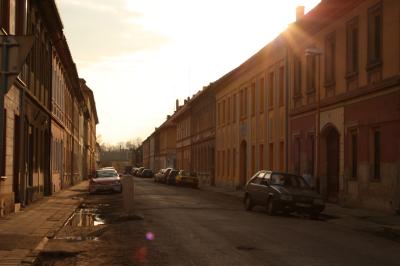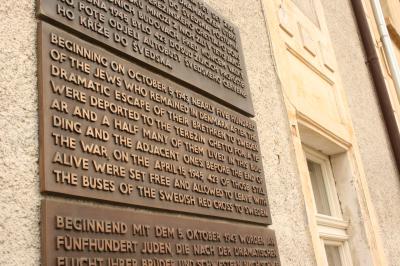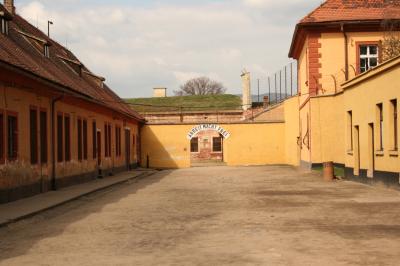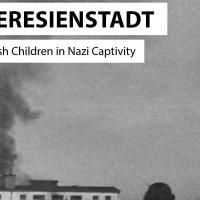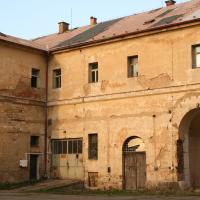Not everyone survived
Most of the people who were deported from Denmark with the four Jewish transports in October and November 1943 returned to Denmark by the summer of 1945. But not everyone survived imprisonment in Theresienstadt. Daily life in the camp, with starvation, anxiety, overcrowding, hard physical work and epidemics, cost many lives. Of the Danish prisoners, 51 adults and two babies born in the camp died. One prisoner from Denmark was deported from Theresienstadt to a death camp, and another was deported with the fourth transport to Sachsenhausen and from there to Majdanek – neither of the two survived. About 10 percent of the Danish prisoners perished. The total number of prisoners in the camp was around 140,000 and approximately 35,000 died in Theresienstadt.
Theresienstadt – today
In Theresienstadt today, there is a large museum with four departments. In the city itself, where the Danish prisoners lived, there is an exhibition about the camp’s history and cultural life. People can also visit a room used as a synagogue during the war. There are exhibitions in the ceremonial hall and the crematorium on how the dead were treated, how the crematorium functioned, and what was done with the ashes.
In the Small Fortress, located outside the town, there is an exhibition about the prison’s history. The exhibition in the Small Fortress primarily focuses on the Czech resistance and the fate of political prisoners during World War II. Many Danish school classes visit the Small Fortress, which until 1991 held the only exhibition in Theresienstadt. From a Danish perspective, however, the most interesting exhibitions are those in the town, since they deal with the locations where all the Danish prisoners – except one – were held during the war.
